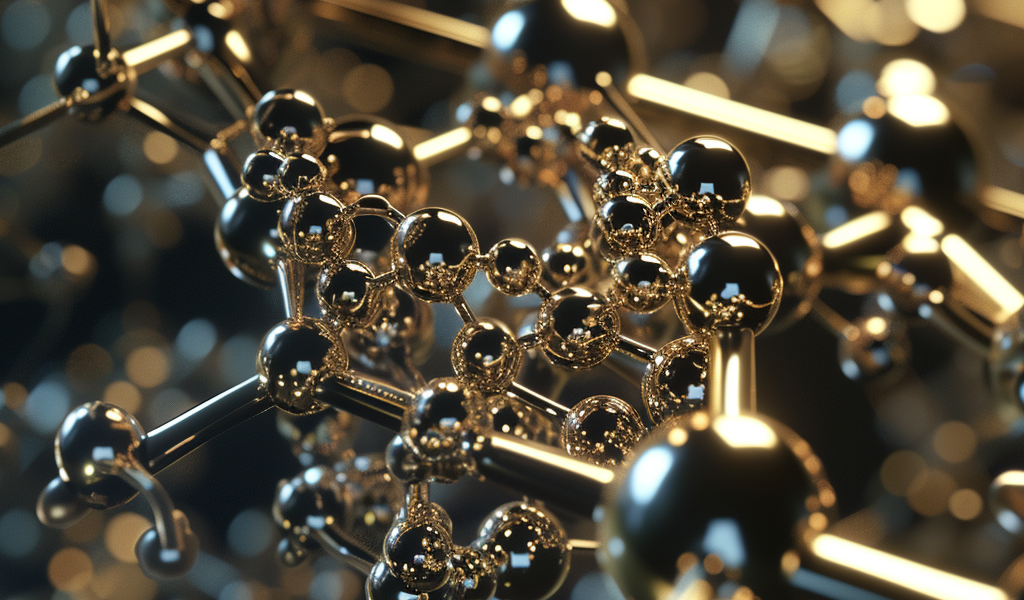On January 30, 2024, a groundbreaking development in plasmonic catalysis was unveiled by Prof. Polshettiwar’s group at Tata Institute of Fundamental Research (TIFR), Mumbai. The team introduced a novel ‘plasmonic reduction catalyst stable in air’ that defies the common instability of reduction catalysts in the presence of air.
The catalyst, which merges platinum-doped ruthenium clusters with ‘plasmonic black gold,’ has demonstrated remarkable performance in the semi-hydrogenation of acetylene, an important industrial process. With only visible light illumination and no external heating, the catalyst achieved an ethene production rate of 320 mmol g−1 h−1 with around 90% selectivity, surpassing all known plasmonic and traditional thermal catalysts.
Interestingly, the catalyst exhibits its best performance when air is introduced alongside the reactants, leading to unprecedented stability for at least 100 hours. The researchers attribute this to plasmon-mediated simultaneous reduction and oxidation processes at the active sites during the reaction.
Furthermore, finite-difference time-domain (FDTD) simulations revealed a five-fold increase in the electric field compared to pristine DPC, emphasizing the crucial role of near-field coupling in activating chemical bonds. The catalyst’s effectiveness is also evident in its kinetic isotope effect (KIE), indicating the significant role of non-thermal effects alongside photothermal activation of the reactants.
In-depth in-situ DRIFTS and DFT studies provided insights into the reaction mechanism over the oxide surface, highlighting the role of intermediates in selectivity. The partially oxidized RuPt catalyst surface generates di-σ-bonded acetylene, which then transforms through several steps to produce ethene.
This research marks the first report of a highly efficient, air-stable, and plasmonically activated catalyst for acetylene semi-hydrogenation, representing a significant advancement in the field of catalysis.





